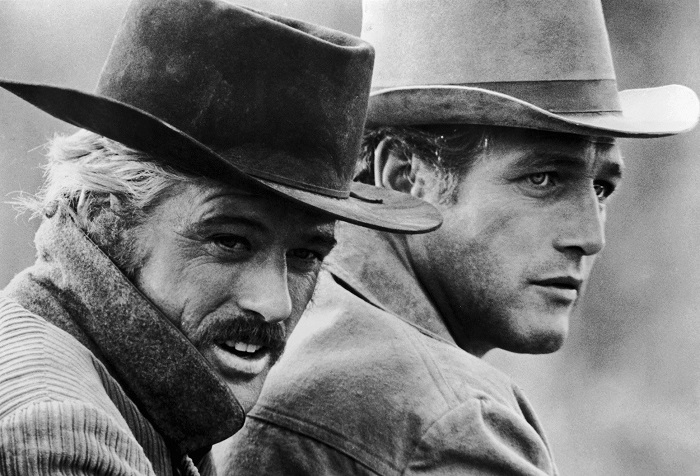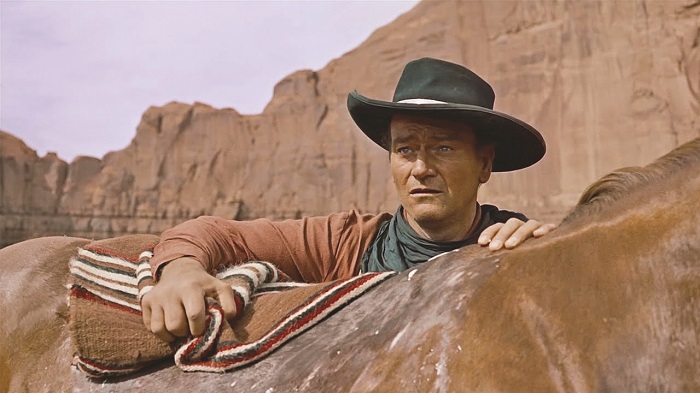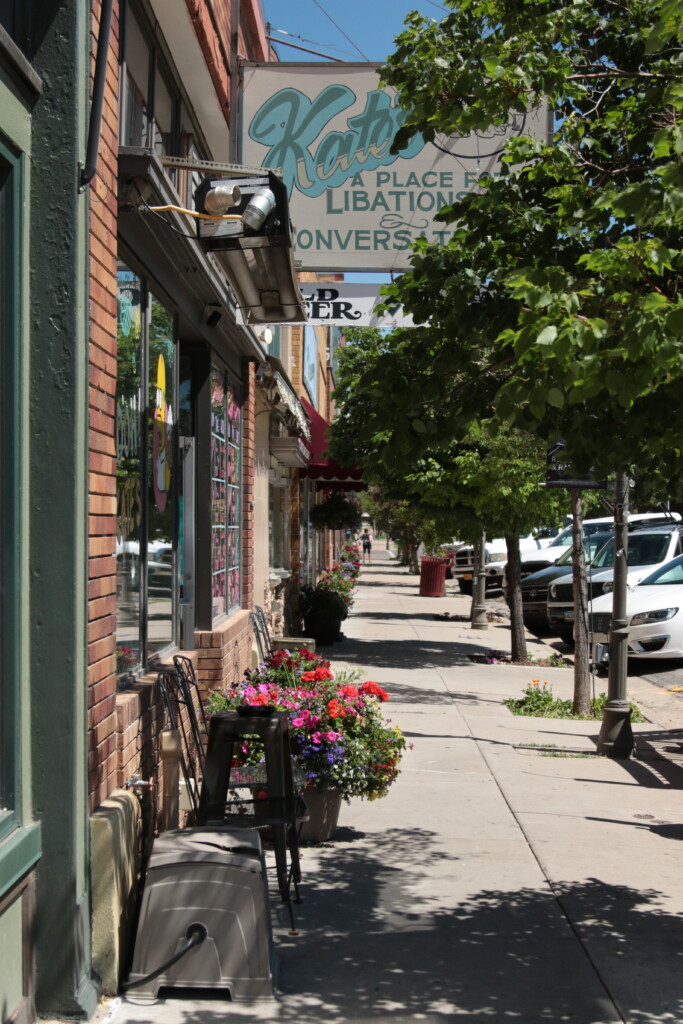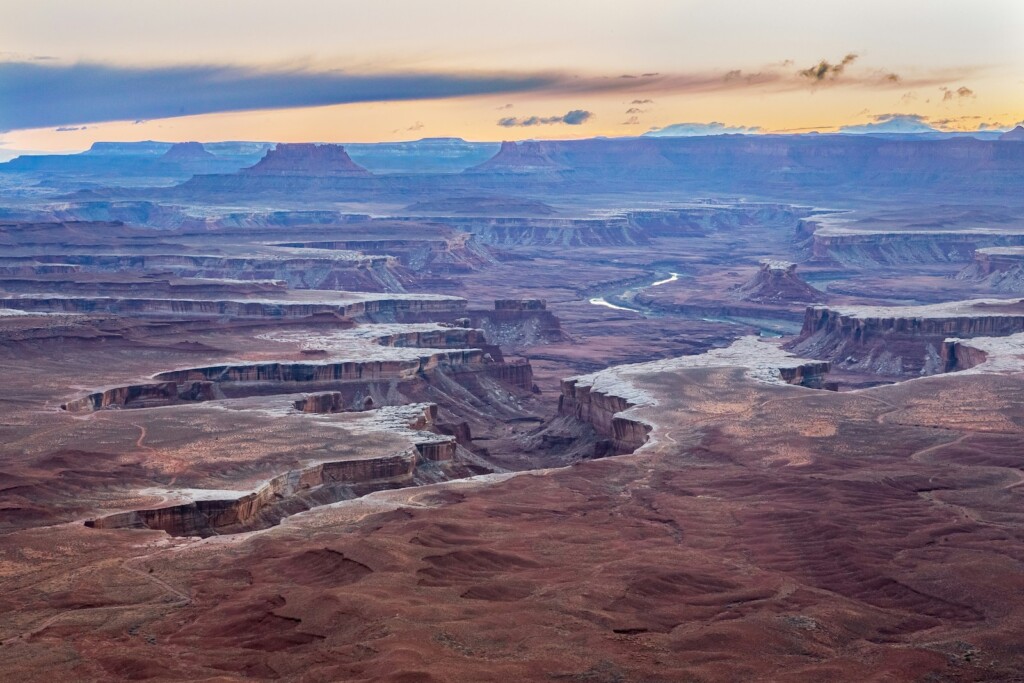
When movie credits start to roll, you’ll see the names of the actors, best boy, key grip, makeup artists, and sometimes even a special thanks to the Utah Film Commission.
Virginia Pearce is the director of the Commission, which she says is a state agency that works with the Office of Tourism and the Governor’s Office of Economic Development to encourage filmmakers to choose Utah for production.
They market the state by talking about locations and resources available, including talented casts and crews. “Everything a production might need to shoot a film is here and we help them get up and running,” Pearce says.
Pearce worked in and around the film industry for over 20 years with the Sundance Film Festival and Spy Hop before becoming director of the Utah Film Commission. Many productions in Utah initially premiere at Sundance. The following films were part of Sundance this year: Hereditary, a horror film; Believer, a documentary about Imagine Dragons; Quiet Heroes, a documentary about two local doctors fighting the AIDS crisis in the 80s; and Damsel, a Western comedy.
Utah has been featured in over 900 films and television programs, starting in 1923 with The Covered Wagon.
Here are several locales that hold interest for film buffs:
Goulding’s Museum and Trading Post on Highway 163 near Monument Valley features memorabilia from many John Ford/John Wayne movies filmed in the area.
Little Hollywood in Kanab, so named for the great numbers of films produced there, including Fort Apache, The Lone Ranger, Sergeants 3, and The Outlaw Josey Wales. The town even features its own Walk of Fame commemorating with sidewalk plaques those who made movies in the area.
Wendover Historic Airfield was used for films such as Con Air, Independence Day and Hulk.
Moab has been the site of such films as 127 Hours, Austin Powers in Goldmember, and John Carter.

Others Utah locations used in movies include Snow Canyon – Butch Cassidy and the Sundance Kid; Solitude Ski Resort – Dr. Suess’ How the Grinch Stole Christmas; Park City – Dumb and Dumber; Ogden – Everwood; Lake Powell – Gravity; Arches National Park – Indiana Jones and the Last Crusade; and Dead Horse Point State Park – Thelma and Louise.
This is just a sampling of the many films produced in Utah. Other popular venues include the many communities and suburbs in and around Salt Lake City.
Visit the Film Commission website for more information and locales.
John Wayne Country
In southern Utah, three forces of nature combined to create some of the greatest Westerns ever filmed. They were John Wayne, John Ford and Monument Valley. The movies Stagecoach (1939), Fort Apache (1948), She Wore a Yellow Ribbon (1949), Rio Grande (1950), and The Searchers (1956), cemented Ford’s standing as one of Hollywood’s greatest directors.
Both Wayne and Monument Valley were larger than life. Under Ford’s direction, Wayne expanded his tough image to include moments of tenderness and compassion. Wayne saw his roles evolve from the young Ringo Kid in Stagecoach, to a soon-to-retire cavalry officer in She Wore A Yellow Ribbon. But for Ford, Monument Valley’s technicolor vistas held equal star billing. “I wouldn’t make a Western on the backlot. The real star of my Westerns has always been the land,” he said.
Utah also held a personal connection for both men. Often thought of as an irascible bully, Ford nonetheless deeply respected the Native Americans living in the area. In WWII he served as a naval commander. During a harsh winter after the war, he used his military connections to have supplies airlifted to the Navajo people. In return, he was made an honorary member of the tribe.
John Wayne had a different link to Utah. He was a Downwinder. In 1953, he returned to the area around St. George to star in The Conqueror. He portrayed Genghis Khan in a movie so god awful it became legendary. Prior to filming, the government detonated an atomic bomb in Nevada. In the years that followed, 91 out of the 220 cast and crew members developed cancer, and Wayne died of stomach cancer in 1979. Was it caused by his multi-pack a day cigarette habit, or atomic radiation? In either case, the area around Monument Valley will always be remembered as John Wayne country.





